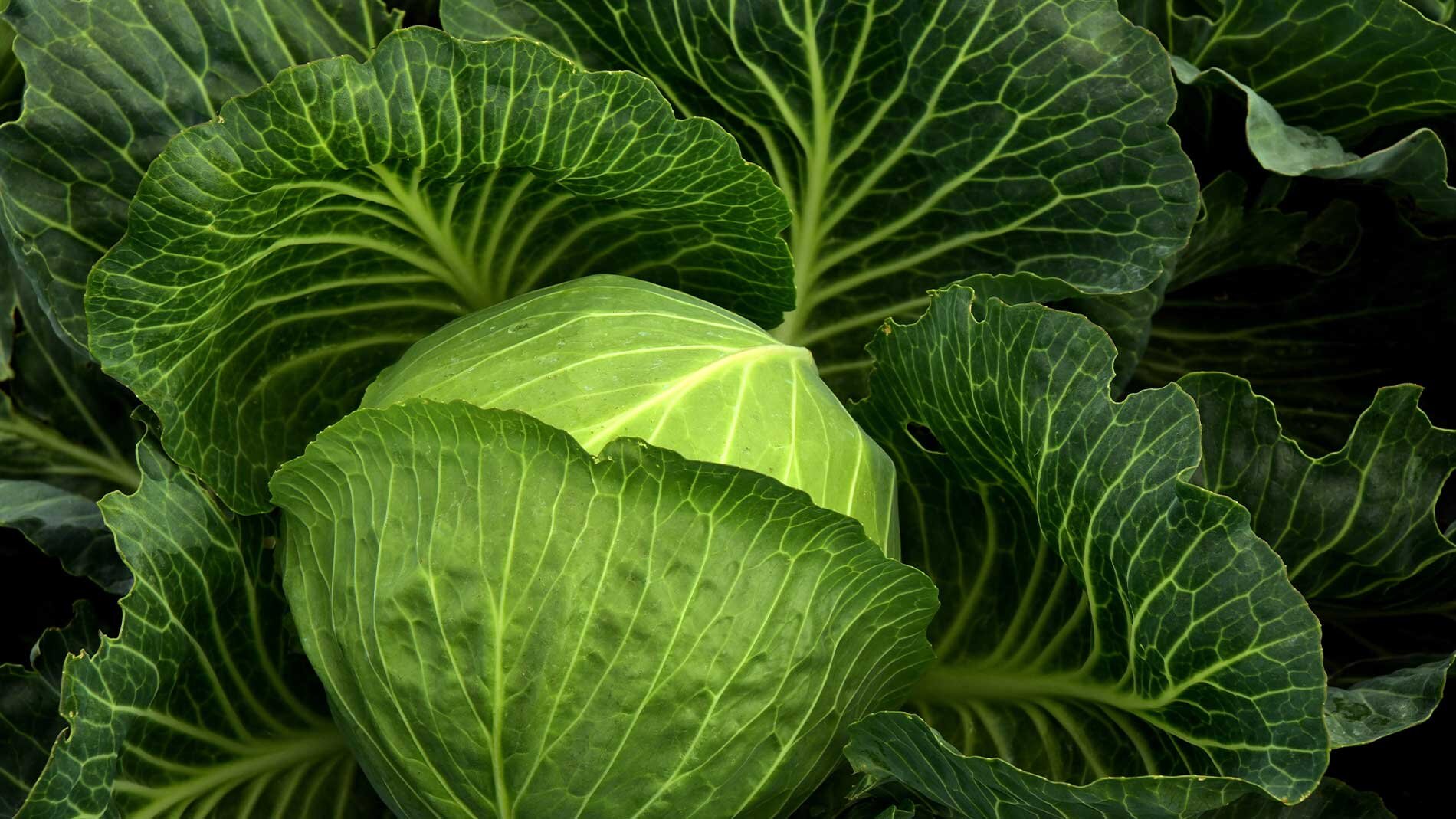Sustainability in the catering industry
Topics such as regionality, seasonality, organic food and short supply chains are also becoming increasingly important in the HoReCa sector. How the topic of sustainability can be used as a success factor in gastronomy is impressively demonstrated by Sebastian Junge with his organic restaurant "Wolfs Junge". The sustainable gastronomy concept starts with organic food, some of which the young chef grows himself, and doesn't stop with the sustainable ReNew tableware collection from PLAYGROUND.

From organic food beyond the plate
For Sebastian Junge, the topic of "sustainability" has always been an important factor in his organic restaurant "Wolfs Junge" in Hamburg. Starting with sustainable food, through organic food and regional, as well as seasonal fruit and vegetables, Sebastian Junge now also uses sustainable tableware.

With ReNew tableware to the sustainable gastronomy concept
ReNew is an innovative collection and consists of 90% recycled ceramic, the so-called Eco-Gres®. As a sustainable tableware, ReNew is the ideal companion, especially in Scandinavian restaurants or as a rustic tableware in the country kitchen. With its contrasting appearance, dark tone and white glaze, as well as its variety of items ranging from plates, oval serving platters, bowls and mugs without handles, ReNew is considered a real eye-catcher for a unique presentation of dishes.

Inquired by Sebastian Junge from the organic restaurant "Wolfs Junge
During my training, I already dealt intensively with the origin of food and its history. This was not enough in the day-to-day training and was no longer possible with the wholesale goods used. At that time, I was already concerned about the alienation from the food and the producers. In the course of this, I also dealt with agricultural processes, soil fertility, etc. and considered regional organic food to be the best source.
They are thrilled by our consistency and creativity. We elicit exciting flavors from many supposedly simple ingredients, for example through fermentation, and that goes down very well with our guests.
We take the largest part directly from the producer or the producer, process whole animals and make something out of every part. Nothing is thrown away and large parts of our menu are vegetarian. We make everything ourselves, from sourdough bread to black pudding to chocolates, which then requires quite a bit of craftsmanship and accordingly we are many forces. My credo is that I prefer to employ one more cook before resorting to convenience. We don't have that anyway.
I live this concept and always emphasize that we work in a holistically sustainable way. We look at every aspect of our operations, we use green electricity, we have a sustainability bank, we support upcycling and social projects, and we work to promote inclusion. We always try to think a little bit further ahead. It goes without saying that I also live these values in my private life.
Winter is beet and root season, and sweet and sour, as well as lactic, flavors dominate the menus.
Those who begin to concern themselves more intensively with the origin of their food, perhaps even personally knowing the person who grows it, automatically have a deeper connection to the product. This goes hand in hand with an appreciation, which is accordingly also associated with greater care.
Aesthetics play a big role, of course, but here, too, the source is important to us. Where does it come from, who produces it and what added value does it have.
Celery pakora with garlic mayonnaise and pickled mushrooms
- 300 g celery cut into very fine strips
- 200 g mushrooms cut into fine slices
- 1 tablespoon wheat flour 405
- 1 tablespoon cornstarch
- 1 egg (yolk and white/egg white separately)
- 1 tablespoon sesame seeds
- 100 ml roasted sesame oil
- 1 clove of garlic
- 150 ml olive oil
- 2 tablespoons vinegar
- Salt, pepper and paprika powder sweet
- Sufficient oil for frying

Preparation
Mayonnaise
First, prepare the mayonnaise. To do this, grate a clove of garlic and add it to the egg yolk and a tablespoon of vinegar. Slowly add the olive oil, stirring constantly with a whisk. First drop by drop, then in a thin stream. Refrigerate the finished mayonnaise until ready to serve. At the end, season with salt and pepper to taste.(There will definitely be mayonnaise left over, but you can't make less. Well refrigerated and covered, the mayonnaise will keep for 3 to 4 days).
Mushrooms
Heat the sesame oil to about 100 degrees Celsius. Add the mushroom slices and a pinch of salt. Keep warm at 80 degrees Celsius for about 10 minutes, stirring occasionally. Then let it cool down.
Celery balls
Put 100 g of the celery with 1 teaspoon of paprika powder, a pinch of salt and the vinegar. Mix by hand until smooth and refrigerate until ready to serve.
Celery Pakora
Add the remaining celery to a bowl and a pinch of salt. Mix it all together briefly and let it sit for 5 minutes. Now add the sesame seeds, flour and starch, mix briefly and then add the egg white. The whole will stick together and they separate it into 2 "balls".
Heat enough oil in a pot or deep fryer. From experience, you will need at least 1.5 to 2 liters. The oil should be about 190 degrees Celsius for frying the pakora.
Carefully bake the celery balls until they are golden brown. Then arrange the components as you like. You can find our suggestion in the photo.
The result is a great dish, perfect as an appetizer, with an interesting cold-warm contrast and a lot of umami, due to mushroom and celery.

What does umami taste like?
Umami is the fifth flavor and complements the familiar sweet, sour, salty and bitter tastes. It is found, for example, in Parmesan cheese, tomatoes or mushrooms. The flavor, which was discovered by a Japanese chemist back in the 20th century, is often described as meaty, savory. Umami alone does not really have a taste of its own, but it really rounds off the flavor of many dishes.












